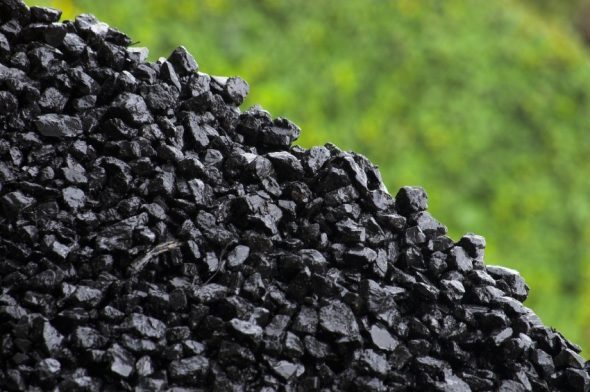In the dour first-quarter numbers it posted this past Friday, Peabody Energy gives investors some valuable and timely insight into the declining state of global coal markets.
Probably the most newsworthy aspect of Peabody ‘s report was its admission that it expects U.S. domestic coal demand to fall by 80 to 100 million tons year over year in 2015. That would be a 10 percent decline, double what was forecast by the US Energy Information Agency.
With U.S. domestic coal consumption having fallen already by 18 percent from its 2007 peak through to 2014, Peabody’s numbers show that this is shaping up to be a watershed year for the U.S. coal producers. The U.S. coal industry, mind you, is second in size only to China, where domestic coal consumption was down 4.7 percent year over year in the first quarter of 2015.
Some points of note and some broader observations around Peabody’s report:
- The company logged first-quarter revenues of $1.54 billion, down 5.5 percent year over year on a 1.1 percent decline in volumes and with average realized prices down 4.4 percent.
- Earnings before interest and taxes were down 24 percent, not quite covering Peabody’s quarterly net interest expenses.
- Shareholders suffered a net loss of $177 million amounting to a 300 percent decline year over year.
- In its Australian operations, Peabody produced 8.8 million short tons (Mst) in the first quarter of 2015, up 7 percent year over year. Average realized Australian prices were US$62.30/st, down 17 percent, however, and despite its cost-cutting programs, the company’s gross operating lost US$2.81 per short ton on coal sold from Australia. That was before deducting depreciation, amortisation and depletion charges, and before asset-retirement obligations, selling and administration expenses. Peabody is losing considerable cash on average for every tonne of coal sold in Australia.
- Company executives insist contrary to all evidence that China’s slowing appetite for coal is a temporary and unexpected phenomenon. Chinese seaborne thermal coal imports in January and February declined by 51 percent year over year, reflecting a myriad of forces that include import tariffs, lower domestic coal taxes, quality restrictions on imports and a slowdown in demand growth.
- Net debt for Peabody rose by $66 million in the last three months alone to $5.8 billion. We note that this net debt excludes significant unfunded retired worker pension liabilities. With a market capitalization of $1.2 billion, net financial leverage seems excessive at close to five times market cap.
- Peabody Energy shares are currently trading at about $4.50 per share, down more than 40 percent year-to-date in 2015 alone, and down more than 90 percent over the past five years, even though Peabody is one of the stronger U.S. coal companies.
- Peabody sees U.S. seaborne coal exports falling materially in 2015, rapidly extending its U.S. market share losses of 2014.
The narrative that continues to unfold around Peabody—as distilled in its own most recent financials—is a story that encompasses the global thermal coal industry as a whole.
Tim Buckley is IEEFA’s director of energy finance studies, Australasia.










